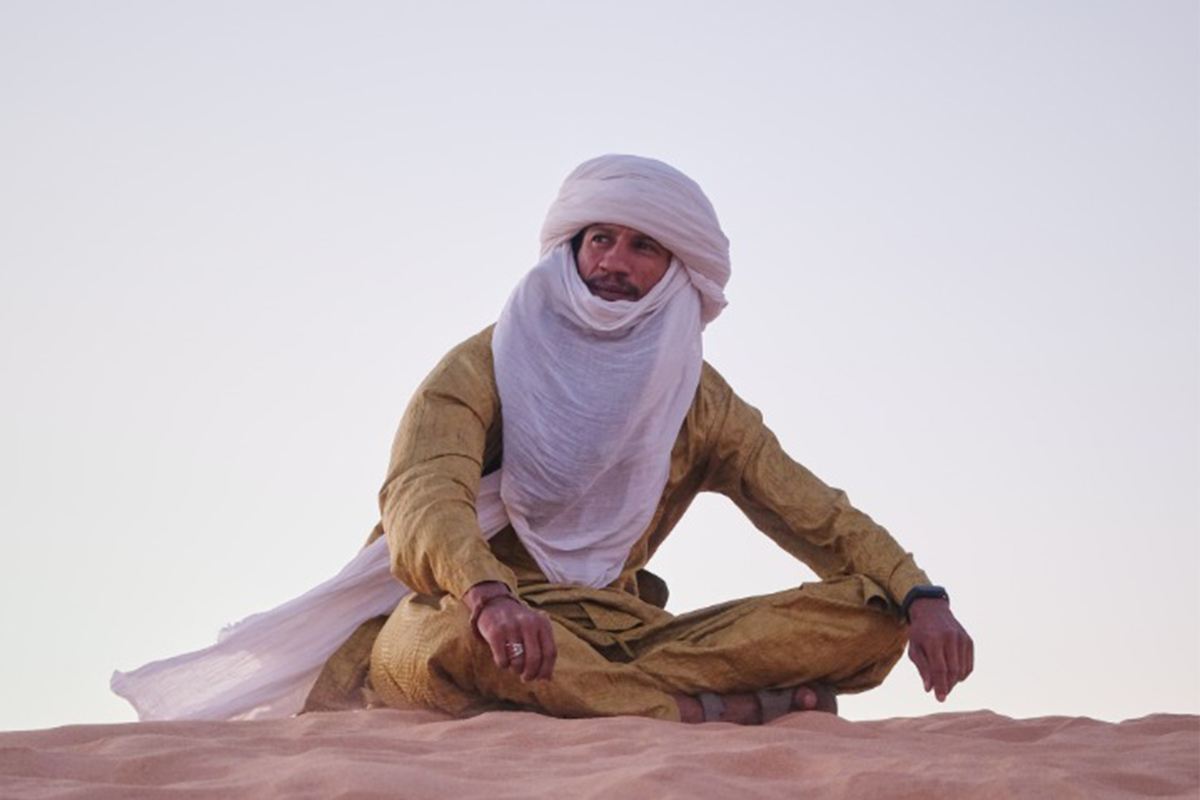The various Tuareg tribes of the Sahara
In Libya, the Tuareg people live in Fezzan, a desert region in the south-west between Ghat and Ubari, and form part of the Kel Ajjer confederation.
The Kel Ajjer Tuareg are also found in eastern Algeria, in the wilaya of Illizi, to the north of the Tassili n’Ajjer massif and Djanet. This territory was the cradle of the Garamantes civilisation in ancient times.
In Algeria, there is a second confederation of tribes known as the Kel Ahaggar. This population lives in the Hoggar mountains, in the wilaya of Tamanrasset.
The Kel Aïr live in the major towns of Agadez, Timia and Iférouane in Niger, as well as in the mountains of the Aïr massif.
There is also the Kel Gress confederation in Tanout and the Ouelleminden in the east, a tribe also present in western Mali.
In Mali, there are also the Kel Adagh, in the Adrar des Ifoghas mountain range.
There are also many other tribes in the Azawak region, a plain between Mali and Niger that is home to around 500,000 people, the majority of whom are ethnic Tuareg and Peul-Wodaabe.
Tuareg society and way of life
Nomadic tribes
Since the middle of the 20th century, the sedentarisation of the Tuareg has accelerated as a result of numerous droughts and conflicts. For safety reasons, many have chosen to settle in towns close to the Sahara, such as Niamey, Ouagadougou and Agadez in Niger.
However, the Tuareg remain primarily a nomadic people, traditionally engaged in herding camels and goats. Some of them still practise nomadism, moving between the city and their camps in the desert.
The nomads’ campsites are made up of the famous Tuareg tents, designed to be put up and taken down quickly. These tents are arranged to create separate areas for men and women. Along with the tea tradition and the mehari camel, the tent is a central symbol of their way of life, forming one of the three pillars of Tuareg culture.
As for Tuareg craftsmanship, this came later than livestock farming, with the manufacture of items such as leather saddles for camels, followed by utensils such as wooden spoons and cups and the famous Tuareg jewellery, including the Agadez Cross.
A society of hierarchical tribes
Hierarchy is the main characteristic of Tuareg society. This system does not correspond to the Western stereotype of hierarchy. In fact, within the encampments, close and familiar ties are forged between the different ranks. They joke freely without the risk of offending the honour of their families.
At the head of the group is a chief who manages internal affairs and represents the community in its dealings with institutions. To be elected, the chief must belong to a powerful family and have the moral qualities to represent the interests of the tribe.
The individuals making up society are classified into the following categories:
- Imajaghan: noble tribes, mainly warriors whose purpose is to protect
- Imghad: vassal tribes
- Ineslemen: maraboutic tribes (meaning ‘Muslim’)
- Inaden: blacksmiths, craftsmen
- Irawellan: former Tuareg captives
- Iklan: servants

